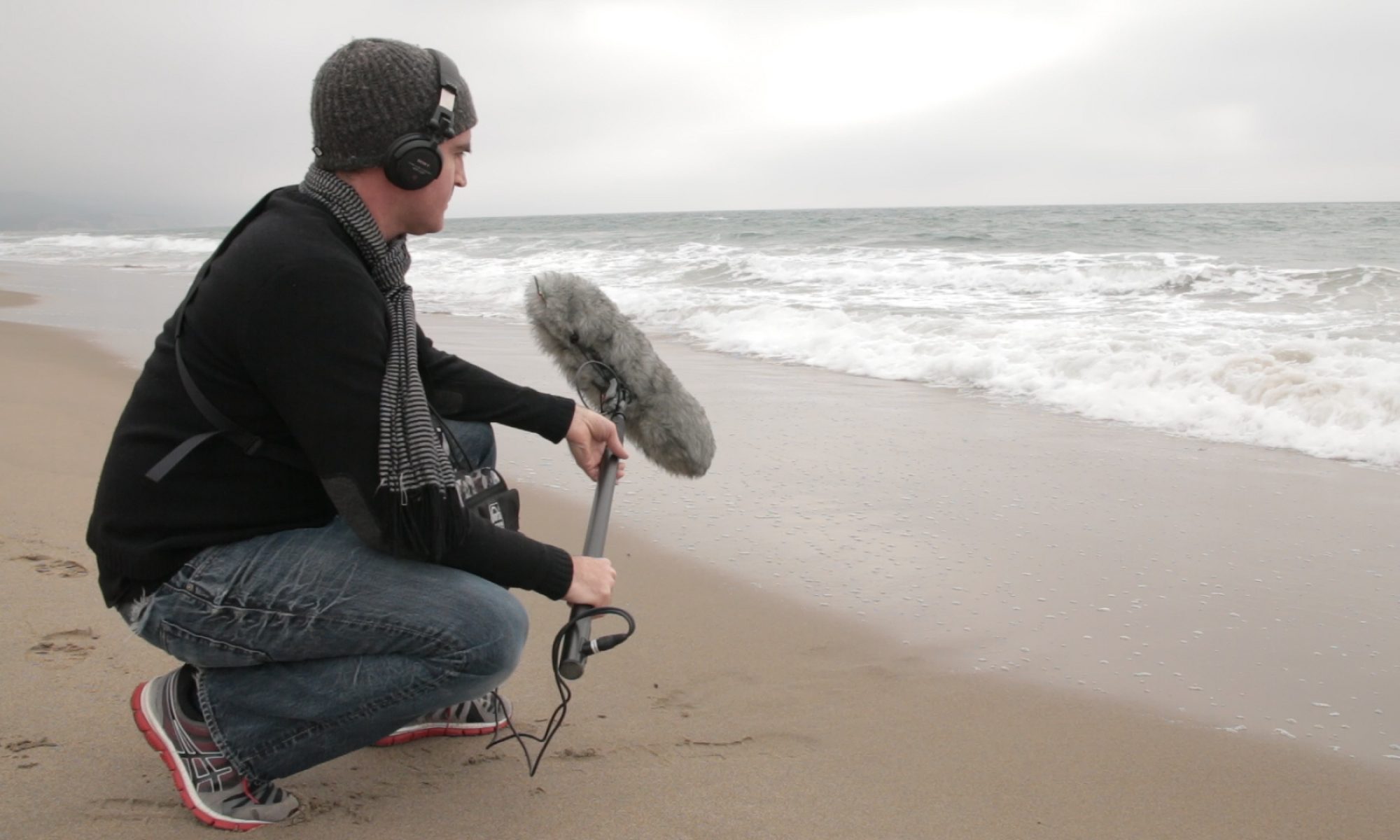So, I’ve previously mentioned several new game audio courses that I’ve developed for the Music Tech program at Foothill College. (Actually, one of them is still just an outline that needs to be developed for next quarter, but I digress…) These classes are as cutting edge as we get in our industry, and there are some serious complications that come with exploring uncharted territory. When I wrote the very first edition of Avid’s Pro Tools for Game Audio textbook back in 2010, I had to figure out how to demonstrate the implementation of audio assets into an actual playable game. (The Pro Tools aspect of the book was no problem.) This required a great deal of research into available game development “engines,” of which only one was truly viable at the time: Unity. Unity was great because it had some decent audio capabilities, offered a number of demonstration game levels that could be used for the class, and especially because it’s free to use for game projects that generate less than $10,000 in revenue. (Ding! Ding! That’s definitely our situation…)
So we started down the path of using Unity for Avid’s book. We grabbed a couple of game levels, and spent a few thousand dollars having a programmer customize them for the book exercises. It mostly worked well, with a few back-and-forth development cycles and no major issues. Then, just as we were going to press with the book, Unity released a new version of their engine that broke some aspects of our game levels. Yikes! Nothing like that had ever happened with previous textbooks that I edited or authored. We scrambled to make some quick changes and went to press with about 98% functionality. In other words, I shipped a book that featured a software component that had KNOWN BUGS. All of a sudden, I was in the software development business in a way I hadn’t ever imagined. Anyway, we’re on the third edition of that book now. And there have been hiccups with the game levels that shipped with every edition.
Fast forward to Fall 2014. With the Winter Quarter quickly approaching, I found myself in a familiar position; I needed to put the final touches on the course materials for my Advanced Sound Design for Games course (which I’m currently teaching.) I had always planned for this course to use FMOD Studio (see below ad nauseum), but I needed to decide on a game engine (yet again). I really wanted to try something new after having used Unity for the past few years. Fortunately, the Unreal Engine from Epic Games had just added both a Mac OS version and FMOD Studio support a few months earlier(!). Now any logical, non-masochistic course developer would probably have run screaming in the other direction at the thought of building a course around an application that was effectively brand new. I am not that person. I jumped in head first and scrambled to make things work. And would you believe, it’s actually going pretty well. But not perfectly well.
The first major issue occurred when I built the course exercises around a “First Person Shooter” game template. I put in several weeks of work preparing the game, which put me at about the 75% completion point. Then, one day, I loaded up the game and got a bunch of errors. Showstopping errors. And because I was working in completely uncharted territory no one at Epic or FMOD could provide the assistance I needed quickly enough. Did I mention I was pretty much working on Christmas day? So I scrapped the “First Person Shooter” template and found a much more simple template. This one was missing a lot of the cool stuff that I hoped would impress students, but it was much easier to adapt to my course exercises. And everything went off without a hitch (at the eleventh hour of course). I packaged up all the files, uploaded everything to my Google Drive, and started teaching the class.
Ah, you probably guessed that wasn’t the end of the story, right? So, things went pretty well until about the third week of class. For a variety of reasons, several of my students were running the very latest Mac OS (“Yosemite”). Sidebar–Industry Pros know to NEVER update their OS unless they have a very good reason to make the move, and they certainly never upgrade in the middle of a project. But these aren’t Industry Pros.–End Sidebar. And they quickly discovered that some basic functionality in FMOD Studio was not working. To their credit, FMOD quickly released an update that addressed the issue, but the deadline for the exercise had already passed. So, I was forced to extend the project deadline to accommodate those students. No big deal, really. But did I mention that the new version of FMOD Studio fixed the Yosemite problem but broke the functionality with Unreal? For a few more days anyway.
Yeah, that’s my life… I do it to myself. My wife always jokes that “college professor” is supposed to be the world’s least stressful job. And I always respond, “Not if you’re doing it properly.” And sure, I could back away from trying to keep students right up there on the cutting edge. But I just can’t help myself.

